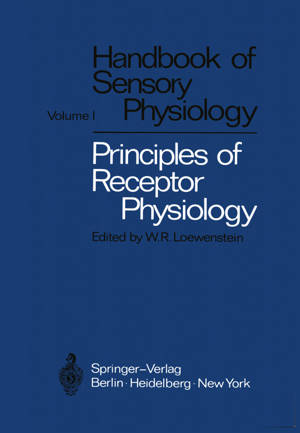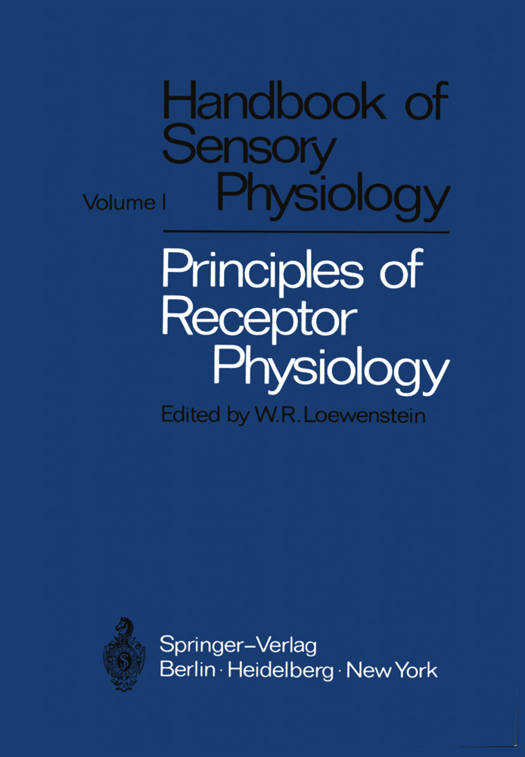
- Afhalen na 1 uur in een winkel met voorraad
- Gratis thuislevering in België vanaf € 30
- Ruim aanbod met 7 miljoen producten
- Afhalen na 1 uur in een winkel met voorraad
- Gratis thuislevering in België vanaf € 30
- Ruim aanbod met 7 miljoen producten
Zoeken
Principles of Receptor Physiology
€ 171,59
+ 343 punten
Omschrijving
Why should there be a handbook of sensory physiology, and if so, why now' The editors have asked this question, marshalled all of the arguments that seemed to speak against their project, and then discovered that most of these arguments really spoke in favor of it: there seemed to be no doubt that the attempt should be made and that it should be made now. No complete overview of sensory physiology has been attempted since Bethe's "Handbuch der normalen und pathologischen Physiologie", nearly forty years ago. Since then, the field has evolved with unforeseen rapidity. Although electric probing of single peripheral nerve fibers was begun by ADRIAN and ZOTTERMAN as early as 1926, in the somatosensory system, and extended to single optic nerve fibers by HARTLINE in 1932, the real upsurge of such single-unit studies has only come during the last two decades. Single-cell electrophysiology has now been applied to all sensory modalities and on almost every conceivable phylogenetic level. It has begun to clarify peripheral receptor action and is adding to our. understanding of the central processing of sensory information. In parallel with these developments, there have been fundamental studies of the physics and chemistry of the receptors themselves: these studies are leading to insights into the mechanisms of energy transduction and nerve impulse initiation.
Specificaties
Betrokkenen
- Uitgeverij:
Inhoud
- Aantal bladzijden:
- 600
- Taal:
- Engels
- Reeks:
- Reeksnummer:
- nr. 1
Eigenschappen
- Productcode (EAN):
- 9783642650659
- Verschijningsdatum:
- 15/11/2011
- Uitvoering:
- Paperback
- Formaat:
- Trade paperback (VS)
- Afmetingen:
- 170 mm x 244 mm
- Gewicht:
- 1020 g

Alleen bij Standaard Boekhandel
+ 343 punten op je klantenkaart van Standaard Boekhandel
Beoordelingen
We publiceren alleen reviews die voldoen aan de voorwaarden voor reviews. Bekijk onze voorwaarden voor reviews.







